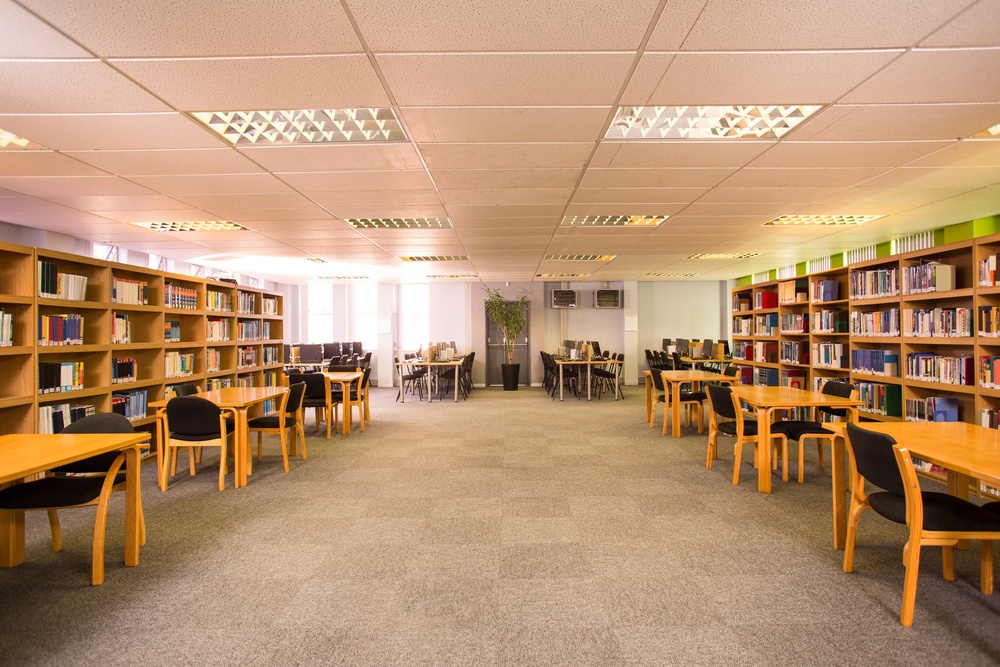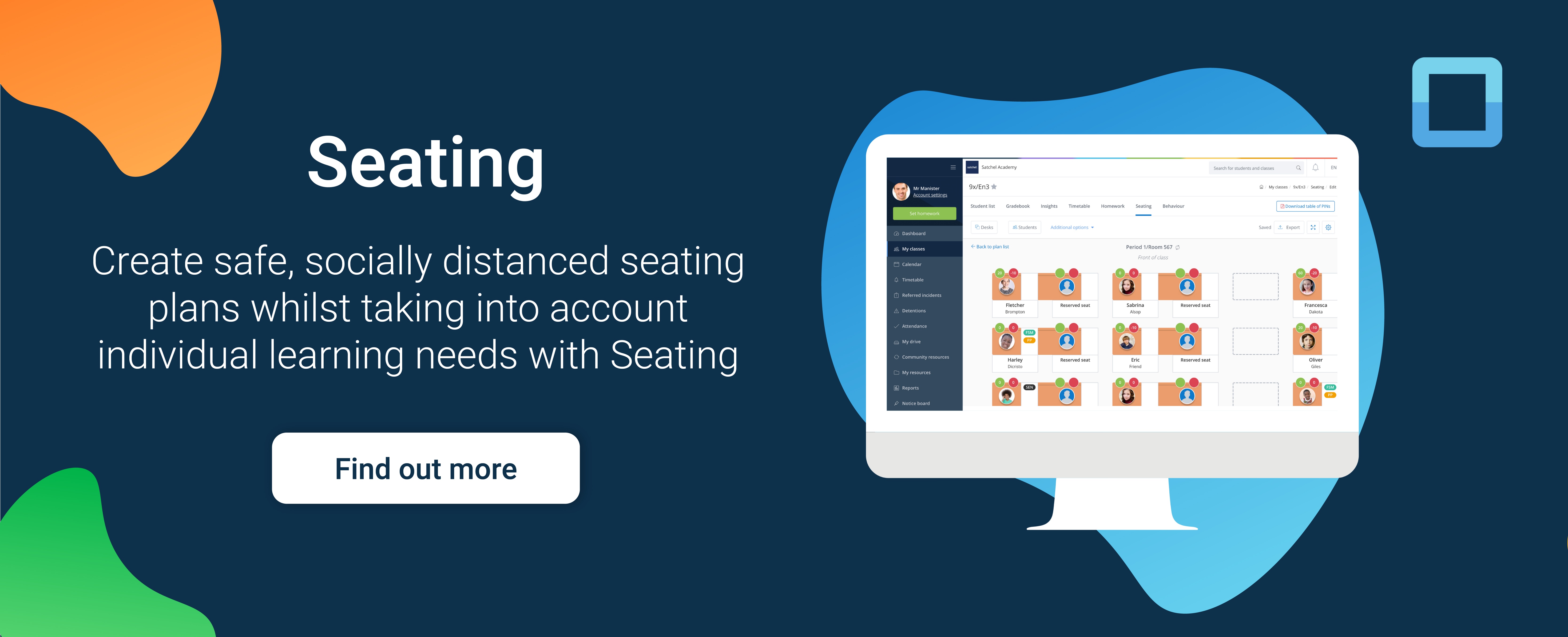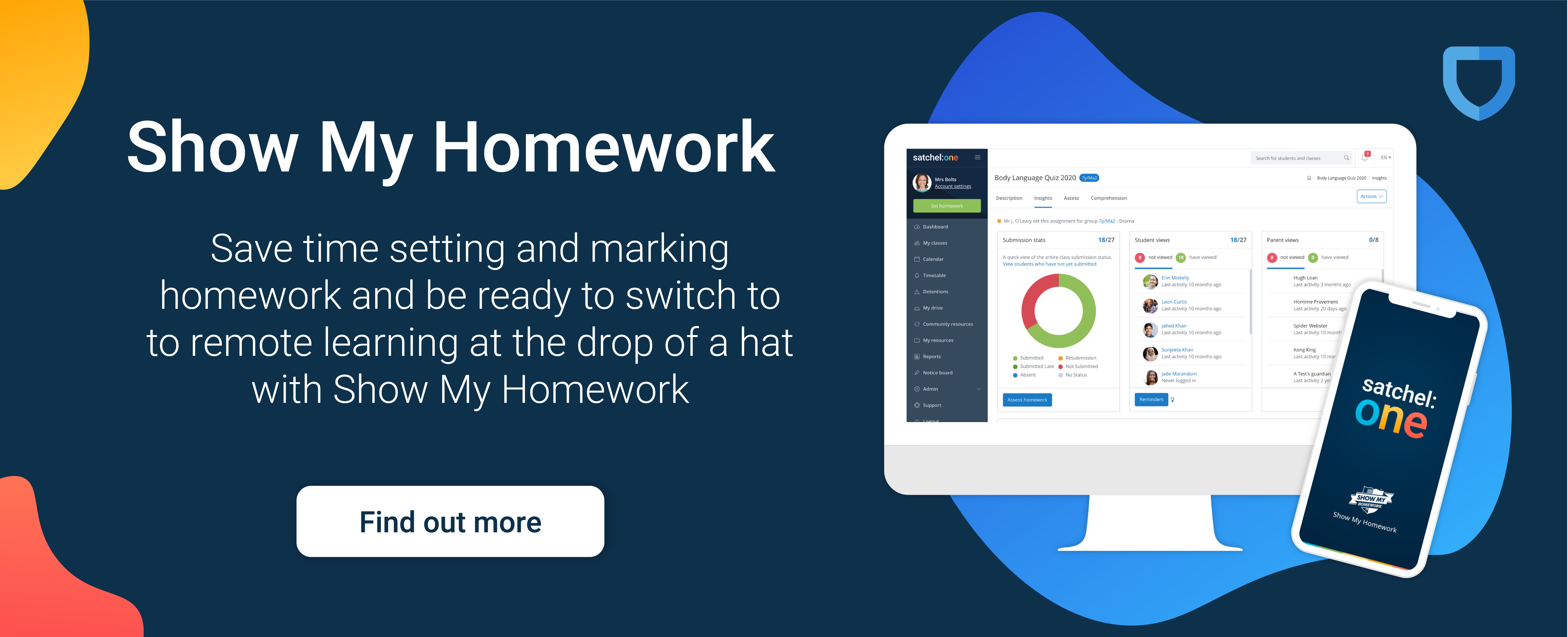Author: Bethany Spencer
Posted: 08 Oct 2018
Estimated time to read: 9 mins
Classroom management is when a teacher exhibits complete control over their classroom through a series of strategies and techniques that encourage positive student behaviour. The practice of effective classroom management turns your classroom into the optimum learning environment where students can engage with their studies and work to the best of their ability.
Establishing effective classroom management takes time, and differs from teacher to teacher based on their personality and preferred teaching style. It is also impacted by the subject and age group that is being taught. There are in fact many different types of classroom management, just as there are many different approaches to pedagogy.
Due to how fluid classroom management is, there is no set ‘how-to’ on securing complete control of your classroom. However, there are guidelines and core components you should follow which we will explore in this article.
Navigation
1. Importance of Classroom Management
2. Key Components of Classroom Management
3. Behaviour
4. Lesson Plans
6. Praise
7. Conclusion
Importance of Classroom Management
Classroom management is at the very heart of teaching; it affects your students’ learning outcomes and can also have an impact on your own wellbeing.
Good classroom management is a classroom environment where learning thrives, students are dedicated to their studies and well behaved. Poor classroom management is a setting where students are disruptive, disengaged and teachers aren’t listened to.
Effective classroom management isn't something that happens naturally. There are core pillars that make up good classroom management and without a thorough understanding of these pillars, your classroom is at risk of being poorly managed and this can be detrimental to student achievement and development.
Below we've outlined some of the characteristics associated with both effective and poor classroom management.
Effective classroom management:
- Creates an environment for students that allows them to learn without distractions
- Reduces poor behaviour and distractions so students are focused on learning
- Facilitates social and emotional development
- Promotes positive interactions between peers and decreases bullying
- Allows for more time to be focused on teaching and learning
Poor classroom management:
- Disruptive and chaotic classrooms which lead to teacher stress and burnout
- Lack of focus on teaching and a hostile environment for learning
- Students are unclear of what’s expected of them
- Overpraising of students for expected behaviours resulting in lowered expectations
- Lack of rules, routine and preparation
Back to top
The Core Pillars of Classroom Management
There are four core pillars that make up effective classroom management. We’ve outlined what these core pillars, why they’re important and the impact they have on classroom management.Behaviour
Good behaviour is the poster child of effective classroom management and can be achieved by clearly communicating your behavioural expectations to students.
The implementation of a classroom behaviour policy will allow you to outline the types of behaviour you expect to see demonstrated by students in your class. Communicating your class’ behaviour policy at the beginning of the term will set the tone for the rest of the year.
Here are some key things to consider when creating your own classroom behaviour policy:
- Ensure your own classroom behaviour policy is an extension of the school-wide behaviour policy. In your classroom behaviour policy you can be more specific around certain behaviours you expect to see but you should follow the same sanctions and take the same stance when it comes to bullying.
- Take some time to observe your students before fully implementing your classroom behaviour policy. By doing this you’ll be able to identify the types of poor behaviour the class is inclined to exhibit, and tailor your policy accordingly.
- In order for your students to display good behaviour, they need to be aware of what is expected of them. Clearly communicate the behaviour policy to your students at the beginning of the term and refer back to it throughout the school year. Make sure you outline your rules and expectations, along with rewards and sanctions.
- The crux of students behaving well often comes down to whether or not they respect their teacher. A way in which this can be achieved is through holding yourself accountable alongside your students - when communicating to your class how you expect them to behave, also provide expectations for your own behaviour and how you should act in line with school and classroom policy.
Lesson plans
At the heart of effective classroom management is a well thought out lesson plan.
Coming to class armed with a clear vision of what you want your students to achieve, and how you’re going to help them get there, means you will have all the tools you need to keep students engaged and their learning on track.
Here are some top tips to follow when you’re creating lesson plans:
- Include timings: A good lesson plan should include time slots for each aspect of your lesson. This will allow you to deliver information at the right pace, keep you on track throughout the lesson and minimise the opportunities for students to get distracted as there should be no lulls.
- Use a template: A lesson plan template will not only give your lessons structure, it will ensure that each lesson hits all your key success criteria so you can walk into class each day feeling confident that the class you’re about to teach will be a success.
- Always have a contingency plan: When your lesson plan includes technology make sure you have a trial run before the actual class as well as including a plan B in case disaster strikes on the day. By having a back up plan the lull in learning will be kept to a minimum and won’t give students the opportunity to become distracted.
Back to top
Seating plans
Where students sit has a massive impact on how well behaved your class is, student performance and overall classroom management.
By implementing a carefully constructed seating plan, you can construct a learning environment whereby students’ learning needs are catered for, they are encouraged to behave well and they can achieve their very best.
We’ve outlined the key components you need to consider when creating your classroom seating plan:
Classroom layout
The way in which you decide to organise your desks is dependent on your individual teaching style and the layout of your classroom. However, there are certain factors that will be consistent across every classroom: all students need to be able to see the board clearly, you too need to be able to direct the whole class from the front of the room, and there needs to be enough space for you to freely walk around the classroom and observe students whilst working.
Medical needs
Before organising your classroom, it’s important that you take into consideration the medical needs of your students so you can create a plan that supports their needs. For example, visually or hearing-impaired students will need a seat closer to the board at the front of the class.
It’s also worthwhile making notes on your seating plans relating to any medical needs students may have, for example if any students have allergies or long-term illnesses such as diabetes or epilepsy. This way you’ll be able to provide support if they ever need it.
By taking this information into account you can create a seating arrangement that supports your students’ individual needs so whenever they come to class they feel comfortable and ready to learn.
- Learning requirements: Taking into account students’ learning requirements when creating plans allows you to seat students in positions where they’ll learn best and you can teach without distractions. For example, seating higher and lower achieving students together encourages peer-to-peer learning, collaboration and knowledge consolidation for both students. seating EAL students at the front of the class, next to native English speakers, allows them to easily ask questions and practice speaking English with their peers.
- Friendship groups: As much as seating plans help you to manage student behaviour and disruptions, they should also create an environment that makes the class enjoyable for your students. When creating your plan, factor in who in your class gets along - don’t purposefully separate friends just for the sake of it, but to take into account whether or not friends are distracting one another or people around them.
- Share experiences: Sharing your observations and notes with additional teachers can help you to achieve better classroom management throughout the entire school. These observations will also provide NQTs and supply teachers with valuable nuggets of information so they can come into class one-step ahead of students!
Praise
Positive behaviour is fundamental to good classroom management and one of the most effective ways of achieving this is through effective praise management.
When students are well behaved in class, there are fewer disruptions, more time spent learning and better academic results. Not to mention that the use of genuine praise builds students’ confidence and helps them to realise their potential.
Effective praise management includes not overpraising students, being specific when delivering praise and using praise to reinforce positive behaviours.
In this section we explore how you can give praise effectively:
- Don’t overpraise: Too much praise can lower the expectations of your students. If your class is used to hearing praise for even the slightest of achievements, it will fast become meaningless. Praise should be given to students when they deserve it, otherwise students won’t be able to differentiate between generic praise or when they’ve done something exceptional and the idea of positive reinforcement is lost.
- Give behaviour specific praise: When recognising positive behaviour, it’s important that the feedback you provide to your students is descriptive - a generic ‘well done’ or ‘great work’ doesn’t encourage specific actions or tell the student exactly what they’re doing right. By being specific with your praise it communicates to students which actions are good and how they should continue to behave.
- Only give praise when it’s deserved: Giving praise only when praise is due is one of the simplest ways to ensure that students believe the praise they have received is meaningful. Not only this, but providing students with positive feedback when they’ve put in real effort raises the benchmark for the quality you expect - encouraging students to strive for better results.
- Use praise for positive reinforcement: When you acknowledge and applaud the students in your class who are displaying positive behaviours, as opposed to reprimanding students’ negative actions, you are clearly communicating to students that only positive action warrants teacher attention. This will then encourage all students to behave well if they want to be recognised by their teachers.
Back to top
Conclusion
There are also an abundance of tools that can support you and your school as you navigate classroom management. Satchel One is made up of classroom management apps that are designed to support teachers across each of these pillars. To learn more about how our behaviour, seating and homework solutions support effective classroom management, visit our website here.







